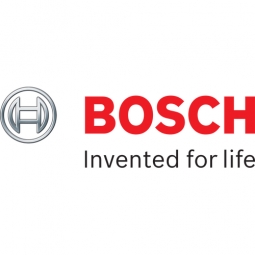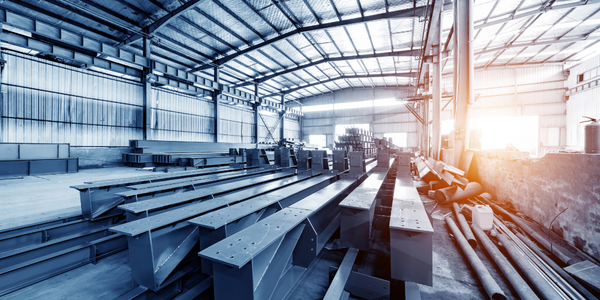Bosch.IO (Bosch)
Case Studies
ThyssenKrupp employs Visual Rules BRM
Overview
 |
ThyssenKrupp employs Visual Rules BRMBosch.IO (Bosch) |

|
Functional Applications - Fleet Management Systems (FMS) | |
Equipment & Machinery | |
Discrete Manufacturing | |
Fleet Management | |
Operational Impact
| [Efficiency Improvement - Production Flexibility] Consistent modeling increases the transparency of formula rules and agility in implementing changes to production specifications | |
| [Data Management - Data Accuracy] Each project has access to consistent and up-to-date documentation relating to the rules and data models | |
| [Efficiency Improvement - Quality Assurance] Visual Rules helps improve quality through scenario-based testing and a wide-ranging pool of test scenarios | |
Quantitative Benefit
Graphic modeling and logical encapsulation of rules: three times the savings | |


